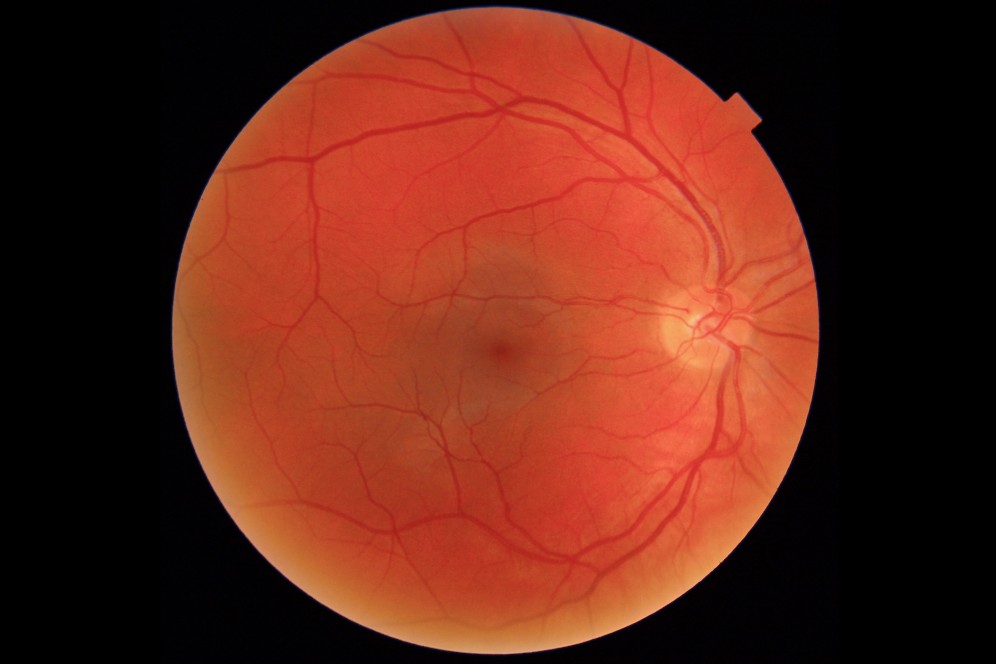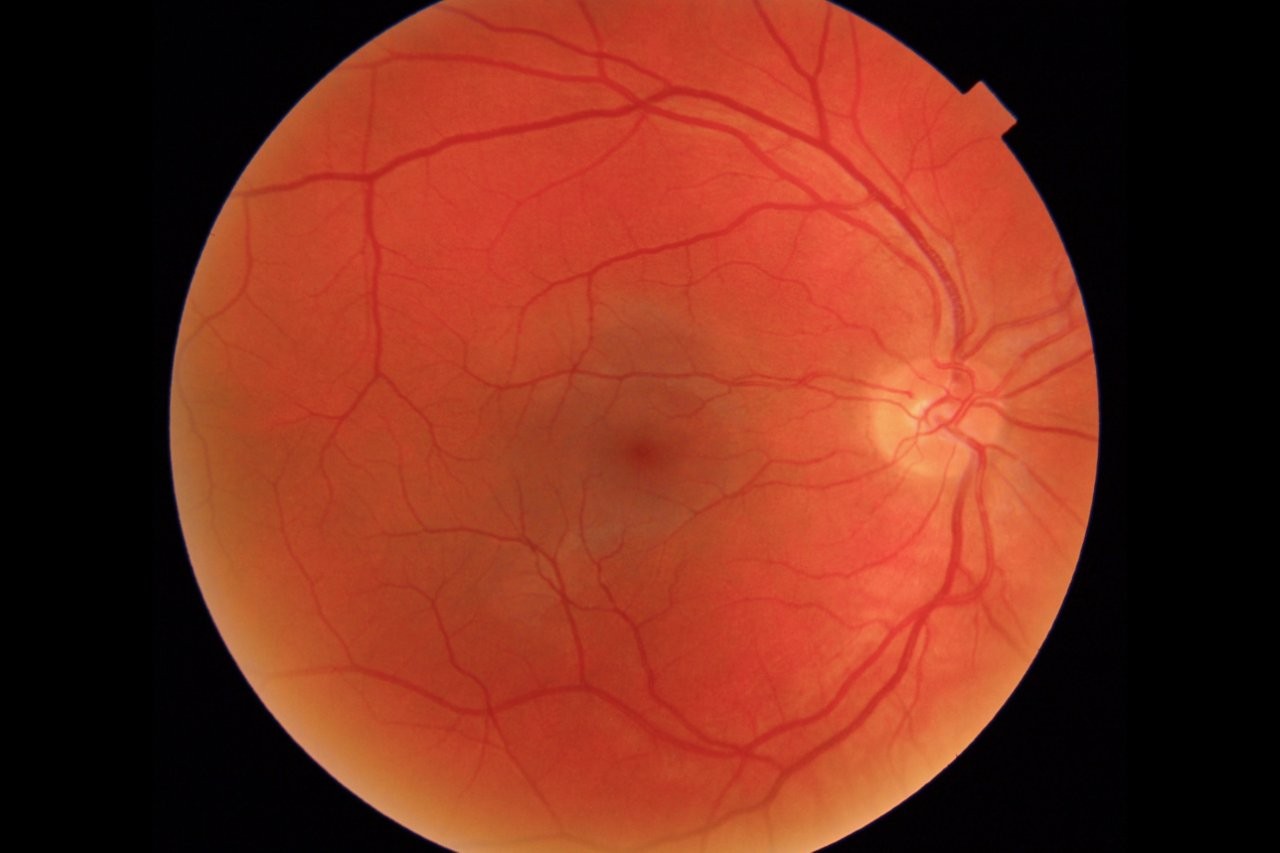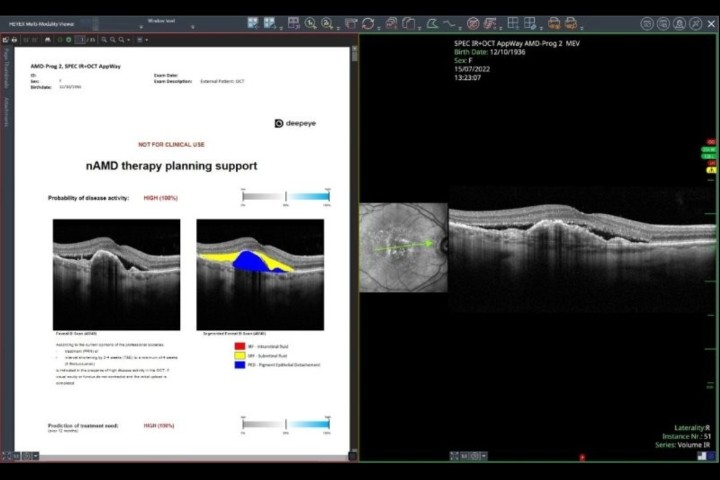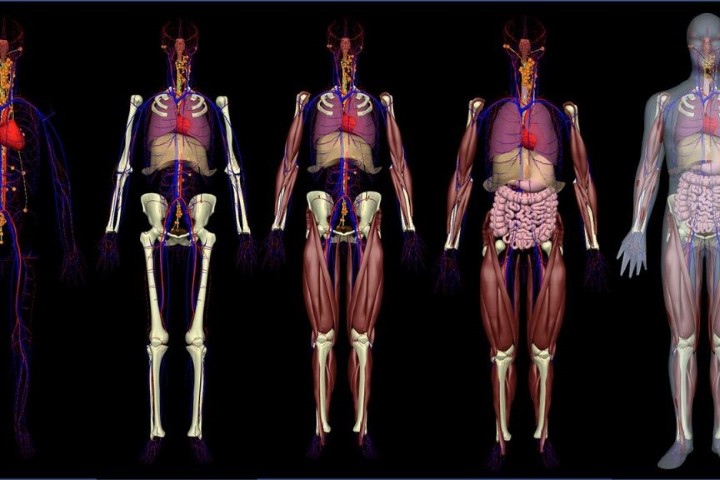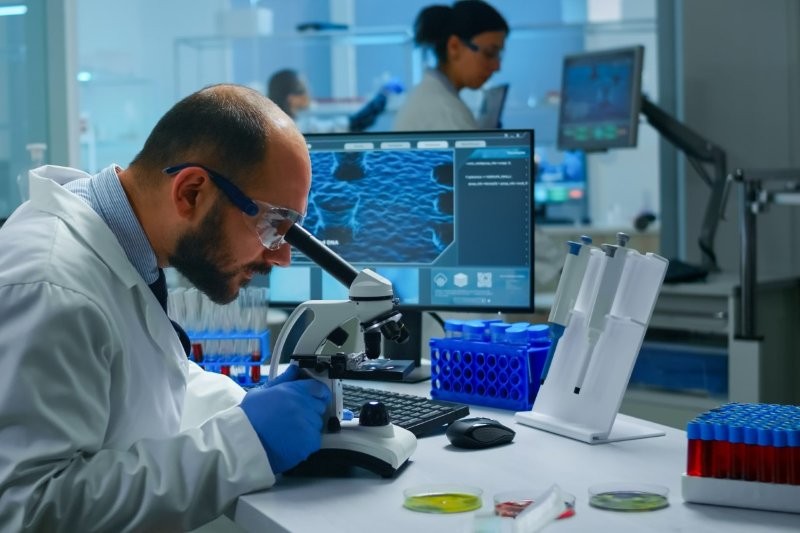AI for GA clinical-trial recruitment
A study led by researchers from UCL and Moorfields Eye Hospital in London have developed a new AI system to help reduce the time and cost required to recruit patients for clinical trials targeting geographic atrophy (GA).
Until recently there were no effective treatments for GA, but FDA approval of two medications in 2023 has spurred numerous new trials, leading to issues finding enough eligible patients via traditional recruitment methods, said researchers.
To assess the AI model, the research team ran an algorithm on 602,826 OCT scans from an ethnically diverse dataset of 306,651 Moorfields’ patients from 2008-2023 to identify a shortlist of patients most likely to be eligible for GA clinical trials. Compared with the conventional approach of finding clinical trial patients using a keyword search on electronic health records, the AI system identified almost twice as many candidates and with higher precision, reported the team.
Published in Ophthalmology Science, the study was led by Dominic Williamson, a PhD student at UCL. Crucially, the system could quickly differentiate between nuanced stages of the disease and exclude patients with co-existing conditions that may rule them out of trial participation, he said. “Our AI system shows promise for real-world application in recruiting patients for GA clinical trials more efficiently.”
Senior author Professor Pearse Keane noted the technology could accelerate the development of innovative GA treatments. “It shows potential for automated pre-screening, site feasibility assessments, data-driven protocol design and cost reduction.” It also relies on retinal scans rather than text-based records, making it adaptable for clinics with accessible stored retinal scans but limited EHR searchability, he said.
Development of the AI system relied on the advanced computing infrastructure and curated datasets of the Insight Health Data Research Hub Programme at Moorfields, the world’s largest bioresource of ophthalmic imaging linked to clinical data, said researchers.










